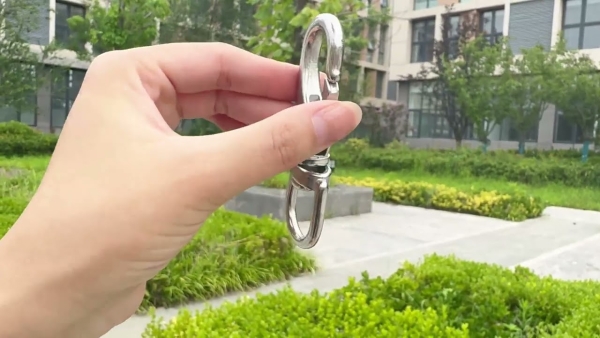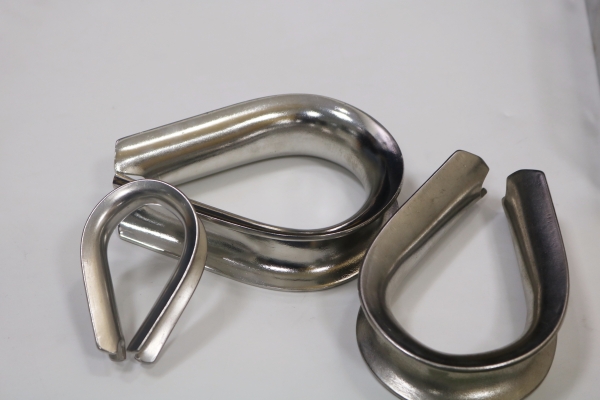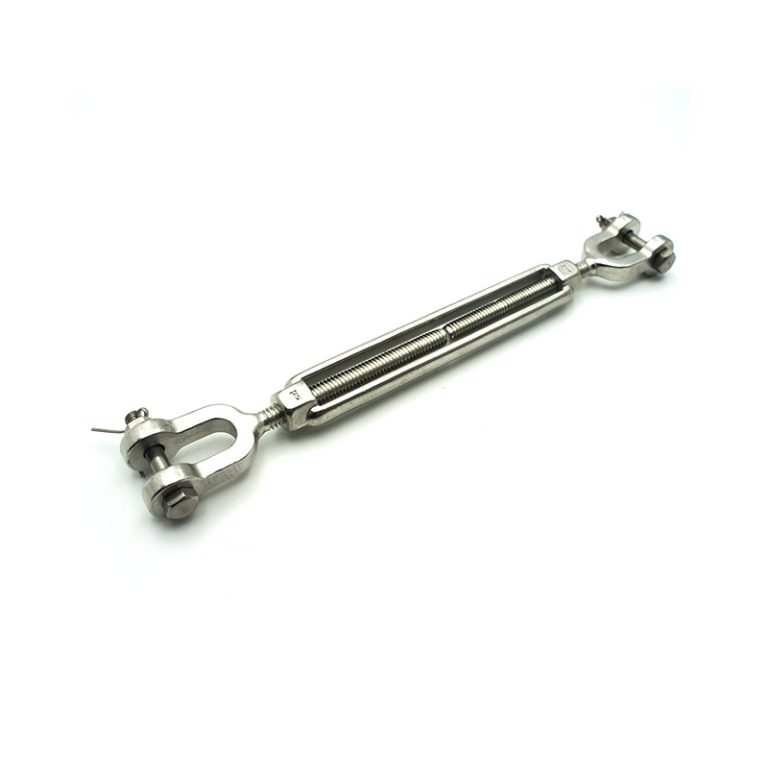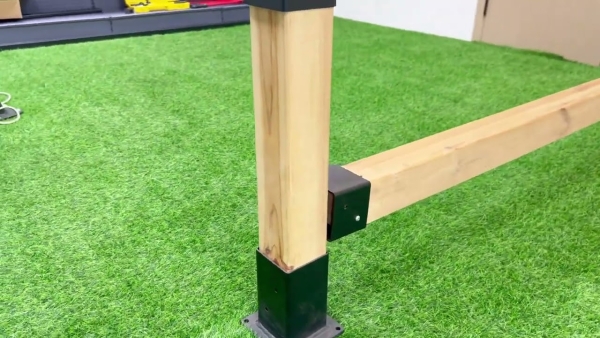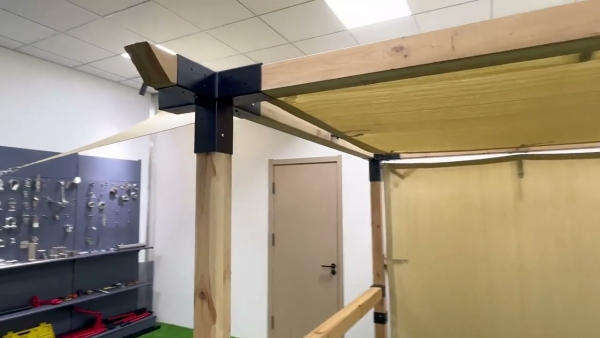Table of Contents
Importance of Proper Footings for Pergola Stability
When constructing a pergola, one of the most critical elements to consider is the footings. Footings are the foundation upon which the entire structure rests, providing stability and support. Proper footings are essential for ensuring the longevity and safety of a pergola.
The primary purpose of footings is to distribute the weight of the pergola evenly across the ground, preventing it from sinking or shifting over time. Without adequate footings, a pergola is at risk of leaning, tilting, or even collapsing under its own weight. This can pose a significant safety hazard to anyone using the pergola or standing nearby.
There are several factors to consider when determining the size and type of footings needed for a pergola. The weight of the pergola, the type of soil, and the local climate all play a role in determining the appropriate footing design. In general, larger and heavier pergolas will require larger and more robust footings to support them.
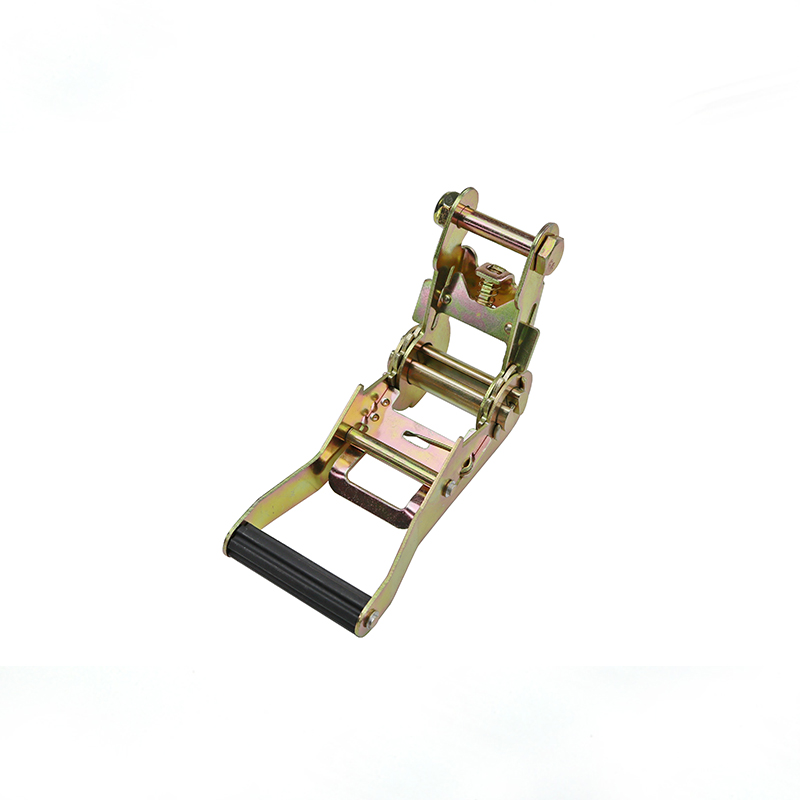
One common type of footing used for pergolas is a concrete pad. Concrete footings are durable and long-lasting, providing a solid base for the pergola to rest on. They are typically poured into a hole dug into the ground, with rebar or other reinforcement added for extra strength. Concrete footings are ideal for pergolas located in areas with high winds or heavy snow loads, as they provide excellent stability and support.
Another type of footing commonly used for pergolas is a helical pier. Helical piers are metal screws that are screwed into the ground to provide support for the pergola. They are ideal for areas with poor soil conditions or where digging a traditional footing is not feasible. Helical piers are easy to install and can be adjusted to provide the necessary support for the pergola.
Regardless of the type of footing used, it is essential to ensure that the footings are installed correctly. Improperly installed footings can lead to instability and structural failure, putting the safety of the pergola and anyone using it at risk. It is crucial to follow the manufacturer’s instructions and local building codes when installing footings for a pergola.
In conclusion, proper footings are essential for ensuring the stability and safety of a pergola. Footings distribute the weight of the pergola evenly across the ground, preventing it from sinking or shifting over time. Concrete footings and helical piers are two common types of footings used for pergolas, each offering unique benefits depending on the specific needs of the project. Regardless of the type of footing used, it is crucial to ensure that the footings are installed correctly to prevent instability and structural failure. By taking the time to properly design and install footings for a pergola, homeowners can enjoy a beautiful and safe outdoor living space for years to come.
Different Types of Footings for Pergola Construction
When constructing a pergola, one of the most important considerations is the type of footings that will be used to support the structure. Footings are essential for providing stability and preventing the pergola from shifting or sinking over time. There are several different types of footings that can be used for pergola construction, each with its own advantages and disadvantages.
One common type of footing for pergolas is a concrete pad. Concrete pads are typically poured directly onto the ground and provide a solid base for the pergola posts to be anchored to. Concrete pads are durable and long-lasting, making them a popular choice for pergola footings. However, they can be expensive and time-consuming to install, as they require excavation and the pouring of concrete.
Another option for pergola footings is concrete piers. Concrete piers are precast concrete blocks that are placed in the ground and provide a stable foundation for the pergola posts. Concrete piers are relatively easy to install and can be a cost-effective option for pergola construction. However, they may not be as durable as concrete pads and may require additional support to prevent shifting or settling.
For a more environmentally-friendly option, helical piers can be used as footings for a pergola. Helical piers are screw-like anchors that are driven into the ground and provide a stable foundation for the pergola posts. Helical piers are easy to install and can be a good choice for areas with poor soil conditions or limited access. However, they may not be as strong as concrete footings and may require additional reinforcement to support the weight of the pergola.
In some cases, footings may not be necessary for a pergola. If the pergola is being built on a solid, level surface such as a concrete patio or deck, footings may not be needed to support the structure. However, it is important to ensure that the existing surface is strong enough to support the weight of the pergola and that proper anchoring methods are used to secure the pergola in place.
When choosing footings for a pergola, it is important to consider the specific requirements of the site and the intended use of the structure. Factors such as soil conditions, climate, and local building codes should all be taken into account when selecting footings for a pergola. Consulting with a structural engineer or contractor can help ensure that the footings chosen are appropriate for the specific circumstances of the project.
In conclusion, footings are an essential component of pergola construction, providing stability and support for the structure. There are several different types of footings that can be used for pergolas, each with its own advantages and disadvantages. By carefully considering the specific requirements of the site and the intended use of the pergola, the appropriate footings can be selected to ensure a stable and long-lasting structure.

